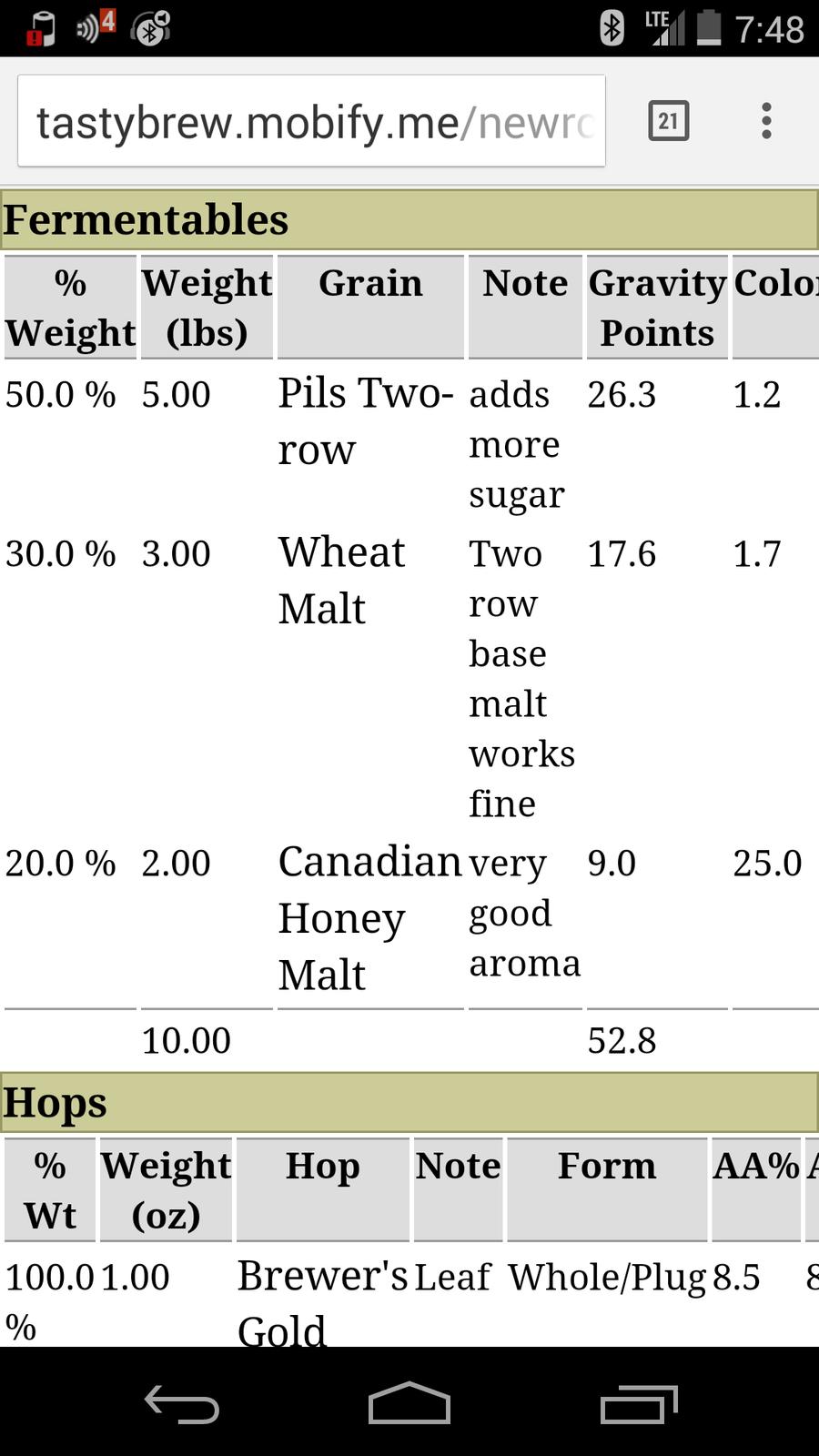dodsonish
Active Member
Hello all,
First post here. Would like to thank all for contributions over the years. I've read through a lot of threads to help get started with my small all grain set up.
I'm on my third brew and have a honey ale that the recipe called for adding the honey after initial fermentation when getting approx 1 bubble per minute. I did this on day 3 in the fermenter. Everything I've read on adding honey says the fermentation should take off again, but I've not seen this happen yet and it has been about 36 hours since adding the honey.
Should I be concerned? And is there anything I should do to help the fermentation start rolling again? Its sitting at 70-71 degrees.
First post here. Would like to thank all for contributions over the years. I've read through a lot of threads to help get started with my small all grain set up.
I'm on my third brew and have a honey ale that the recipe called for adding the honey after initial fermentation when getting approx 1 bubble per minute. I did this on day 3 in the fermenter. Everything I've read on adding honey says the fermentation should take off again, but I've not seen this happen yet and it has been about 36 hours since adding the honey.
Should I be concerned? And is there anything I should do to help the fermentation start rolling again? Its sitting at 70-71 degrees.





















































![Craft A Brew - Safale S-04 Dry Yeast - Fermentis - English Ale Dry Yeast - For English and American Ales and Hard Apple Ciders - Ingredients for Home Brewing - Beer Making Supplies - [1 Pack]](https://m.media-amazon.com/images/I/41fVGNh6JfL._SL500_.jpg)





